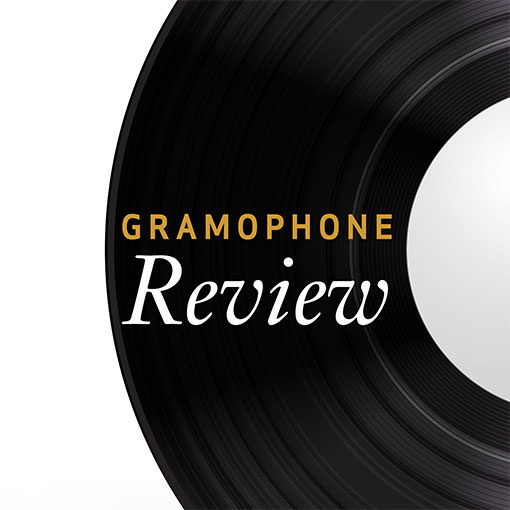IVES Violin Sonatas Nos 1 - 4
View record and artist detailsRecord and Artist Details
Composer or Director: (Charles) Grayston Ives
Genre:
Chamber
Magazine Review Date: 09/2016
Media Format: CD or Download
Media Runtime: 79
Mastering:
DDD
Catalogue Number: 2016

Tracks:
| Composition | Artist Credit |
|---|---|
| Sonata for Violin and Piano No. 1 |
Charles Ives, Composer
(Charles) Grayston Ives, Composer Annabelle Berthomé-Reynolds, Violin Dirk Herten, Piano |
| Sonata for Violin and Piano No. 2 |
Charles Ives, Composer
(Charles) Grayston Ives, Composer Annabelle Berthomé-Reynolds, Violin Dirk Herten, Piano |
| Sonata for Violin and Piano No. 3 |
Charles Ives, Composer
(Charles) Grayston Ives, Composer Annabelle Berthomé-Reynolds, Violin Dirk Herten, Piano |
| Sonata for Violin and Piano No. 4, 'Children's Day |
Charles Ives, Composer
(Charles) Grayston Ives, Composer Annabelle Berthomé-Reynolds, Violin Dirk Herten, Piano |
Author: Philip Clark
Their cause is not helped by a tinny, lifeless sound environment that too often allows the violin to be swamped by the piano (the suspicion that things were done on a shoestring is heightened by the lack of booklet-notes). There are at least three outstanding existing sets in the catalogue, ranging from Hilary Hahn and Valentina Lisitsa’s set – consistently charming, if occasionally tipping towards raw sentiment – to the steely control of Gregory Fulkerson and Robert Shannon. Curt Thompson and Rodney Waters pitch their tent somewhere in the interpretative middle; and in this elevated company Berthomé-Reynolds and Herten can be no one’s idea of good enough.
The opening Adagio of the Third Sonata encapsulates many of the prevailing problems. Berthomé-Reynolds’s tone is oddly monotonous while rhythms are stilted, without even a hint of Ivesian concertinaed flexibility. Where the likes of Hahn and Fulkerson sing through the opening line, Berthomé-Reynolds mumbles a sequence of disjointed phrases – a sudden leap in register equating to an abrupt gear change. To add to the charge sheet is an overly homogenised palette, which might indeed fool you into thinking that Ives’s material is interchangeable. But it doesn’t have to be like this – Curt Thompson’s lightness of touch during the Fourth Sonata, with supple changes of colour as the material shifts focus, speaks more of a painterly sense of inner motion and narrative perspective.
Discover the world's largest classical music catalogue with Presto Music.

Gramophone Digital Club
- Digital Edition
- Digital Archive
- Reviews Database
- Full website access
From £8.75 / month
Subscribe
Gramophone Full Club
- Print Edition
- Digital Edition
- Digital Archive
- Reviews Database
- Full website access
From £11.00 / month
Subscribe
If you are a library, university or other organisation that would be interested in an institutional subscription to Gramophone please click here for further information.





